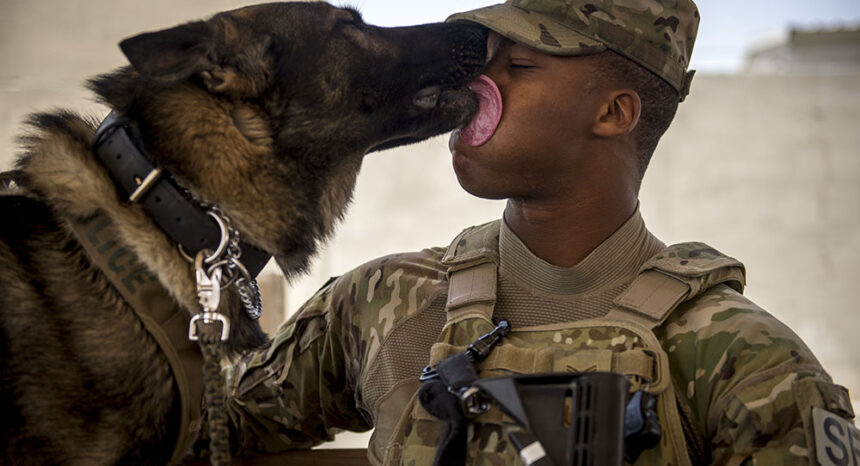Post Traumatic Stress Disorder (PTSD) is a common experience among returning veterans. According to a 2011 report by the Congressional Research Service, 27% of veterans who used VA health care between 2002 and 2010 were diagnosed with PTSD. The disorder can have long term effects, though treatment can be quite effective when properly adhered to. A 2010 study published in Psychiatric Services, “Treatment Receipt by Veterans After a PTSD Diagnosis in PTSD, Mental Health, or General Medical Clinics,” looks at rates of treatment initiation among veterans diagnosed with PTSD, as well as potential variations in treatment in a PTSD clinic, mental health clinic, and a general medical clinic.
The researchers, based at the University of Minnesota, conducted their analysis based on administrative data for 20,284 veterans who had received a diagnosis of PTSD at VA facilities between April 1, 2004, and March 31, 2005. This data was analyzed to determine rates of treatment initiation as well as maintenance of “minimally adequate treatment.” The authors define “minimally adequate treatment” as follows: among veterans who received any psychiatric medications, the proportion receiving at least four 30-day supplies; among veterans who received any antidepressant prescription, the proportion receiving at least four 30-day supplies; and among veterans who received any counseling, the proportion receiving at least eight counseling visits.
The study’s findings include:
- “Approximately two-thirds of the sample initiated treatment: 50% received a psychotropic medication and 39% received some counseling; 64% received either medication or counseling. About half of those given medication (54%) received at least a four-month supply, and 24% of those given counseling had at least eight sessions.”
- “In all, 33% (N=6,616) of those who received a diagnosis of PTSD received a minimally adequate treatment trial in the subsequent six months.”
- “Of the 305,142 veterans who were seen for PTSD in VA facilities in fiscal year (FY) 2006, less than one-third received their treatment in a specialized PTSD program. More than half were seen in general mental health clinics, and another 10% in general medical clinics.”
- “Differences across sectors were most evident for initiation of specific types of treatment. For example, the odds of receiving counseling services were highest for veterans given a diagnosis in a PTSD program, and the odds of receiving pharmacotherapy were highest for those given the diagnosis in a mental health clinic. Similarly, the odds of receiving at least eight counseling sessions were better for those initially seen in a PTSD clinic. In contrast, the odds of receiving at least four 30-day supplies of antidepressants did not differ by type of index clinic.”
- “Initiation, type, and duration varied by treatment sector: receipt of a diagnosis in a PTSD specialty program or a mental health clinic conferred small but significant benefits over receipt in a general medical clinic.”
The authors conclude that the “expansion of these specialized [PTSD and mental health] services may be required to better address this population’s mental health needs.”
Other studies in this research area highlight the failings of some previous PTSD treatment drugs. Related research also explores the relationship between battle trauma and subsequent suicide rates, as well as the emotional challenges PTSD can create for the families of service members.
Tags: veterans, war, PTSD


Expert Commentary